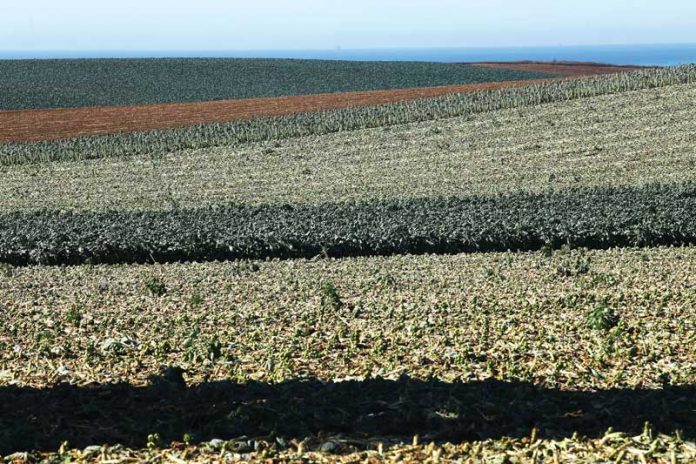
Over the years of researching, writing and teaching this region’s history I have been keeping top-10 lists such as the most influential natural disasters, floods, earthquakes and the like.
I also have one of the “most ill-advised things done by individuals or groups”—perhaps more bluntly titled as “stupid things done by people.” The 1850 decision to put the southern boundary of Santa Cruz County in the middle of the Pajaro River has sat atop that list since 1970. It seems like every day that damned boundary continues to bedevil, whether it be while trying to raise money for Watsonville Community Hospital or organize flood control.
Perhaps if I shared with you the story of how Santa Cruz County was created you might better understand the challenges of organization and governance it has always faced.
In the beginning, the Indigenous people, those who had lived here for centuries, determined that the best way to live here was by using the rivers and creek watersheds as their basic unit. They settled into the watersheds and moved seasonally up and downstream following the flora and fauna. They might make seasonal forays to the coast, but the watershed was their home. So much so that cultures and languages evolved in them creating a rich regional diversity.
That diversity frustrated the Spanish who superimposed their administrative mission system and language over the land. Bits of Indigenous culture and language survived, but most melted away.
Monterey became the provincial capital for both the Spanish (1770-1822) and the Mexicans who followed (1822-1848.) Across Monterey Bay in a rugged and twisted landscape grew Santa Cruz, blessed with a variety of natural resources including limestone, deep redwood forests and year-round streams.
Foreigners, particularly Americans, were attracted to Santa Cruz’s resources. Known collectively as Yankees, they comprised the largest such population in Alta California.
If there had been time for the journey toward statehood in the United States to evolve naturally, the story might be different, but the discovery of gold in the Sierra in January of 1848 pushed the accelerator to the floor. There was no time; California was rushing toward statehood.
A new state constitution was hammered out in Monterey in September and October of 1848, but the counties—the basic organizational units—were left to the first legislature meeting in San Jose beginning on Dec. 15, 1849.
The task of designing the counties was given to a respected Monterey-born Californio, General Mariano Vallejo. Vallejo probably knew the California landscape better than anyone, and he chaired the legislature’s counties committee.
Vallejo shared California’s Indigenous Peoples’ understanding of the power and importance of the watershed, particularly on the rugged Central Coast. His respect for the regional watersheds was immediately apparent when he released his first maps to the state legislature on Jan. 4, 1850.
The boundaries of Vallejo’s Monterey County reflect the importance of the watershed as he extended the county over a hundred miles south to capture all the Salinas River’s distant twists and turns. Then he moved east and did the same for the headwaters of the tributaries of the Pajaro, drawing the county’s boundaries along the tops of the Hamilton Range.
On the northeast and north, the boundary followed the crest of the Santa Cruz Mountains extending ever northward until reaching San Francisco County’s southern boundary and dropping westward into the Pacific.
Monterey County’s seat would be Monterey, a town where Spanish was the language of the streets. There, is where the courts would function, taxes be collected, juries selected and land cases adjudicated. The word of Vallejo’s proposed Monterey County was carried on horseback to Santa Cruz on late Jan. 4, 1850 and the alarm spread; they could not risk their futures being decided in Mexican Monterey.
A small group of Yankees met the next day and agreed that they had only one recourse—to circulate a petition stating their distress and describe the boundaries of a new county that they wished to carve out of northern Monterey County.
However, the Gold Rush was in full bloom; Santa Cruz was a ghost town. Most of the able-bodied Santa Cruz men were “away at the mines,” scattered throughout the Sierra Nevada mining districts.
The state legislature in San Jose was planning to make the new counties official on Feb. 18. They had less than two weeks to gather signatures and get the petition to San Jose.
Next: How a petition filled with forged signatures helped Santa Cruz secede from Monterey County on Feb. 18, 1850.
Sandy Lydon has been a teacher for 61 years, the last 54 at Cabrillo College. Covid drove him from the classroom in late 2019, but he’s planning to do some Cabrillo Extension sessions this fall 2022. His column appears on this page on the first Friday of each month.









